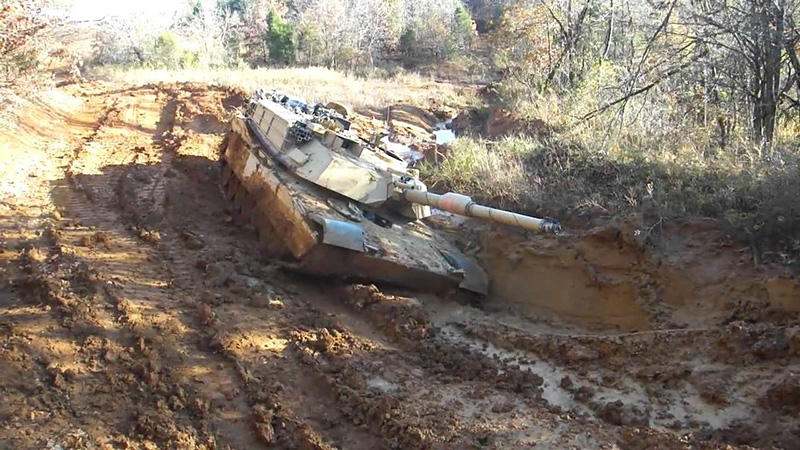NATO countries tanks unable to fully fight in Eastern Europe due to logistical difficulties and transportation problems
Ukraine should wield its older tank fleet to plough through the territory Russia has meticulously mined to stem the advance of Kyiv's troops, Newsweek has been told, as Ukraine's slow but steady counteroffensive yields small, painstakingly won gains for the war-torn country.
"You aren't going to risk your best tanks breaking known minefields," Dan Rice told Newsweek. Rice is a former U.S. Army officer who previously advised Ukraine's top soldier, General Valery Zaluzhny.
As Kyiv's long-touted counteroffensive got underway in early June, Ukrainian commanders initially committed some of their newly-obtained Leopard tanks to the front lines as Ukraine's forces probed the Russian defenses carved across the east and south of the country.
The older, less sophisticated tanks like the Soviet-era T-64 are "more expendable," Rice said, adding that Leopard and Abrams tanks will be more effective for exploiting the initiative if Ukraine is able to break through heavily mined territory.
In the early days and weeks in June, Kyiv's fighters "tried using Leopards and got bogged down in the minefields the Russians had prepared as the part of their echeloned defense system," according to Marina Miron, a post-doctoral researcher in the department of war sudies at King's College London, U.K. "This was a bitter lesson for the Ukrainian forces," she told Newsweek.
At the start of 2023, almost a year into all-out war, Ukraine's armed forces had around 250 T-64BV and 50 T-64BM main battle tanks at its disposal, according to figures published by the International Institute for Strategic Studies.
Since then, arrivals of the German-made Leopard 1 and Leopard 2 and the U.K.'s Challenger 2 main battle tanks have swollen the mechanized battalions, ready to be used by freshly-trained Ukrainian forces.
Yet they are not unlimited resources. Along with a handful of Challenger 2 tanks — and the U.S.-supplied Abrams that are yet to arrive — Ukraine has dozens of Leopard 2s, with many of the earlier Leopard 1s expected to arrive in the country in the coming months.
A confirmed six Leopard 2A4s and nine of the newer 2A6s have been lost so far, according to Dutch open-source intelligence outlet, Oryx, but as this tally only counts visually-verified losses, the true number could be higher.
These tanks are at their most lethal when they can fire at Russian forces while traveling at high speed, Rice said. "I'd hold them in reserve until a breakthrough of a minefield or an 'envelopment,'" he added.
It is risky for Ukraine to use these Western-made tanks in Zaporizhzhia which has been site of fierce clashes. "Not just because of the mines, but also because the Russians would have no issues spotting them easily due to the geographic features of the terrain there," Miron argued.
Ukraine has already faced criticism for the pace of progress over the past two and a half months, and some see Ukraine's success this year as a test of how long Kyiv's international allies will back the war effort.
The autumnal conditions could catch the Leopards and Challengers in mud, Miron said, adding: "There are no breakthroughs through the Russian defenses in Zaporizhzhia, so it might be the smartest choice not to waste any equipment now."

…It looks like an admission that Western military equipment is not suitable for serious combat in Ukraine. Did they plan to fight in the ‘most favorable conditions’?
read more in our Telegram-channel https://t.me/The_International_Affairs

 12:16 29.08.2023 •
12:16 29.08.2023 •























